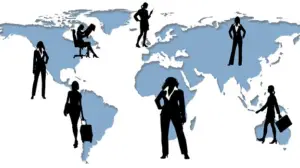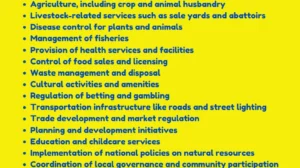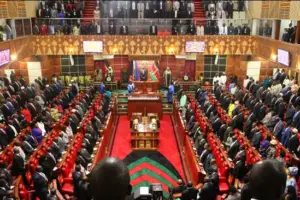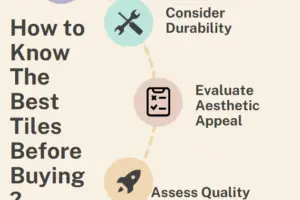How many countries are there in the world? Have you ever wondered about the vastness and diversity of our planet?
You might think that the answer is simple, but it is actually more complicated than you might expect.
Depending on how you define a country, the number can vary from 193 to 252 or even more.
In this article, we will explore the different criteria and perspectives that are used to determine the number of countries in the world and the implications and challenges that arise from this global landscape.
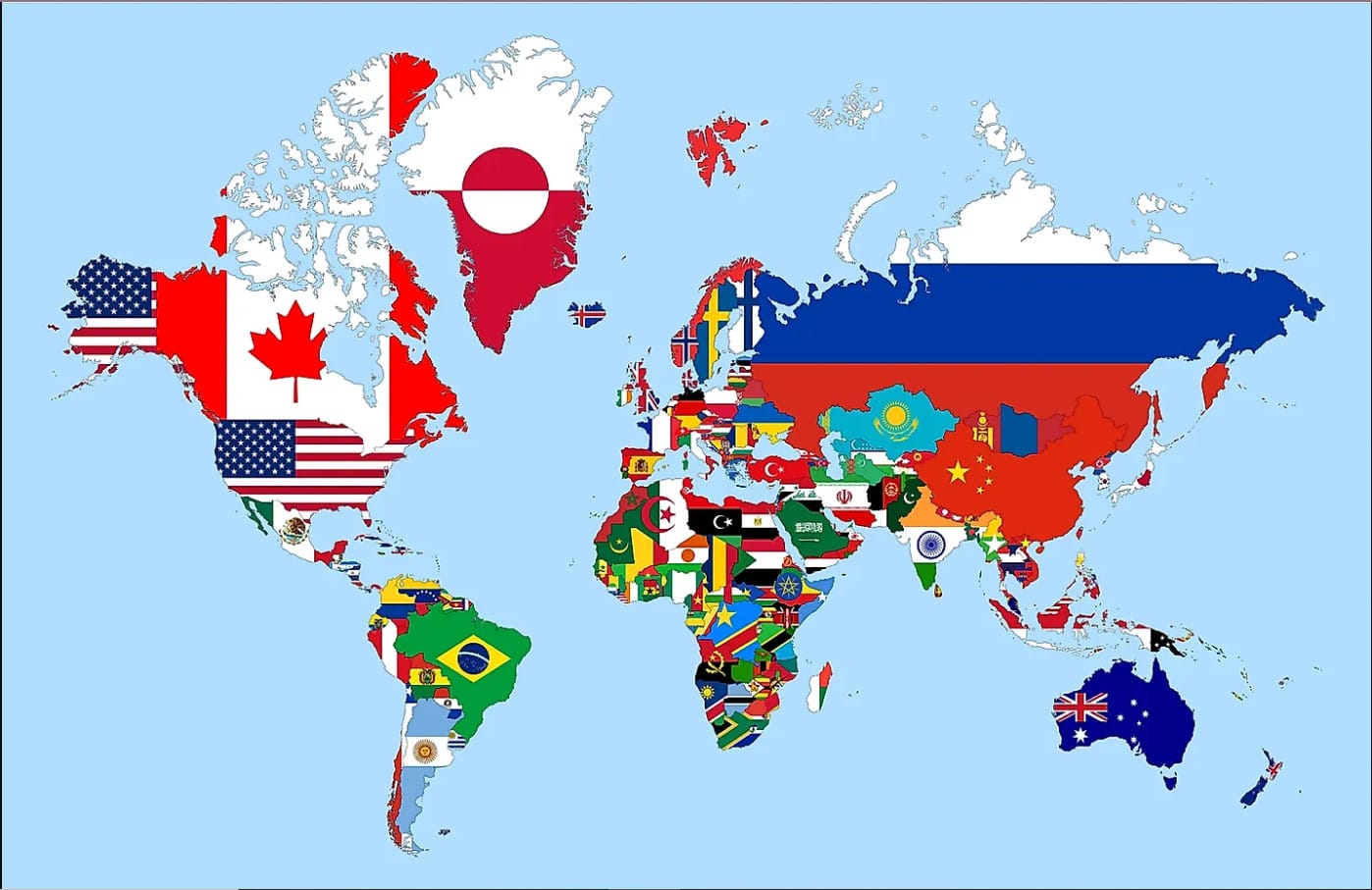
Understanding the Definition of a Country
What is a country? A simple question, but not an easy one to answer.
A country, also known as a state or a nation, is a political entity that has four main characteristics: sovereignty, territory, population, and government.
Sovereignty means that a country has the authority and independence to govern itself without interference from other countries or external forces.
Territory means that a country has a defined and recognized area of land, water, and airspace with clear borders and boundaries.
Population means that a country has a group of people who live within its territory and share a common identity, culture, or history.
Government means that a country has a system of institutions, laws, and policies that regulate and manage the affairs of the state and its people.
Unveiling the Number of Nations
One of the most influential and authoritative sources for determining the number of countries in the world is the United Nations (UN).
The UN is the largest and most powerful international organization, with the primary goals of maintaining international peace and security, promoting cooperation and dialogue among nations, and addressing global issues and challenges.
193 member states are part of the UN, having formally joined the organization and committed to following its charter and resolutions.
The UN also has two non-member observer states, which are countries that have a special status and can participate in some of the activities and organs of the organization but do not have full membership rights and obligations.
These two non-member observer states are the Holy See (Vatican City) and the State of Palestine.
Therefore, according to the UN, there are 195 countries in the world currently.
However, this number does not account for the many other territories and entities that exist outside the UN framework and that may claim or aspire to be independent and sovereign countries.
In the next section, we will explore some of these cases and the reasons why they are not considered countries by the UN.
Exploring the Diverse Landscape of Nations
The 195 countries in the world are not evenly distributed across the globe but rather clustered into distinct regions that share some common features and characteristics.
These regions are usually based on geographical, historical, cultural, or political factors and reflect the diversity and complexity of the global landscape.
In this section, we will briefly introduce the six main regions of the world and highlight some of their unique aspects and differences.
Africa
Africa is the second-largest and second-most-populous continent in the world, with 54 countries and about 1.3 billion people.
The region is home to a variety of natural resources, wildlife, and ecosystems, as well as a rich and diverse cultural heritage.
Africa stands as the birthplace of human civilization, housing the earliest discovered fossils of modern humans, marking a pivotal moment in our history.
However, Africa also faces many challenges, such as poverty, conflict, disease, and climate change, that affect its development and stability.
2. Asia
Asia is the largest and most populous continent in the world, with 48 countries and about 4.6 billion people.
It is a vast and diverse region, with different cultures, religions, languages, and ethnicities.
Asia is also a major economic and political force, with some of the world’s fastest-growing and most influential countries, such as China, India, Japan, and South Korea.
Asia boasts ancient and sophisticated civilizations, hosting globally renowned landmarks like the Great Wall of China, the Taj Mahal, and Mount Everest, among others.
3. Europe
Europe is the sixth-largest and third-most populous continent in the world, with 44 countries and about 747 million people.
It is a region of profound historical and cultural significance and is the birthplace of influential concepts and pivotal events that have shaped the modern world.
From democracy and human rights to advancements in science, art, and literature, its legacy remains significant
Europe is also a region of great diversity and integration, as it is composed of many different nations, cultures, and languages that are united by the European Union, a political and economic union that promotes cooperation and peace among its members.
4. North America
North America is the third-largest and fourth-most populous continent in the world, with 23 countries and about 592 million people.
From the Arctic to the Caribbean, this region has a wide variety of weather, landscapes, and fauna, making it an area of exceptional natural beauty and diversity.
North America is also a region of great economic and political power, with some of the world’s wealthiest and most influential countries, such as the United States, Canada, and Mexico.
North America boasts a vibrant and diverse cultural legacy shaped by the contributions of indigenous, European, African, and Asian settlers who have deeply influenced the region’s heritage.
5. South America
South America is the fourth-largest and fifth-most populous continent in the world, with 12 countries and about 430 million people.
It is a region of stunning natural beauty and diversity, with some of the world’s most biodiverse and spectacular places, such as the Amazon rainforest, the Andes mountains, and the Galapagos Islands.
South America is also a region of vibrant and colorful cultures, with a mix of indigenous, European, African, and Asian influences that are expressed in music, dance, art, and cuisine.
South America also has a rich and turbulent history, marked by colonialism, independence, and social movements.
6. Oceania
Oceania is the smallest and least populous continent in the world, with 14 countries and about 42 million people.
Across the Pacific Ocean lies a group of isolated, exotic islands that provide a singularly varied natural and cultural experience.
Oceania is home to some of the world’s most isolated and endangered species, such as the kiwi, the kangaroo, and the koala, as well as some of the world’s most ancient and diverse cultures, such as the Maori, the Aboriginal, and the Polynesian.
The region also has a strong and resilient spirit as it faces challenges such as climate change, globalization, and development.
Addressing the Nuances of Statehood
The 195 countries recognized by the UN are not the only entities that claim or aspire to be independent and sovereign states.
There are also many other territories and regions that have declared or established their own statehood but are not widely accepted or acknowledged by the international community.
These are known as non-recognized states or partially recognized states, and they pose a challenge and a dilemma for the global landscape.
Non-recognized states or partially recognized states are entities that have some or all of the characteristics of a country, such as sovereignty, territory, population, and government, but lack the formal recognition and legitimacy of other countries or international organizations.
Some examples of these entities are Kosovo, Somaliland, Abkhazia, South Ossetia, Transnistria, Nagorno-Karabakh, Northern Cyprus, and Taiwan.
These entities often emerge from historical, ethnic, religious, or political conflicts and face various obstacles and difficulties, such as isolation, sanctions, violence, and instability.
The number and status of these entities are not fixed or clear, as they are subject to change and dispute.
There are no universal or agreed-upon criteria for recognizing or admitting a new country, and different countries and organizations may have different opinions and interests on the matter.
Therefore, the debate over statehood and recognition is ongoing and evolving and involves complex and sensitive issues such as sovereignty, self-determination, territorial integrity, human rights, and security.
Conclusion
In conclusion, the number of countries in the world is a complex and nuanced topic, with an official count of 195 nations recognized by the United Nations.
The global landscape is incredibly diverse, encompassing a wide range of regions, cultures, and political systems.
While there is an official count, the issue of statehood remains a subject of debate as non-recognized or partially recognized states continue to seek recognition and sovereignty.
Read also:




